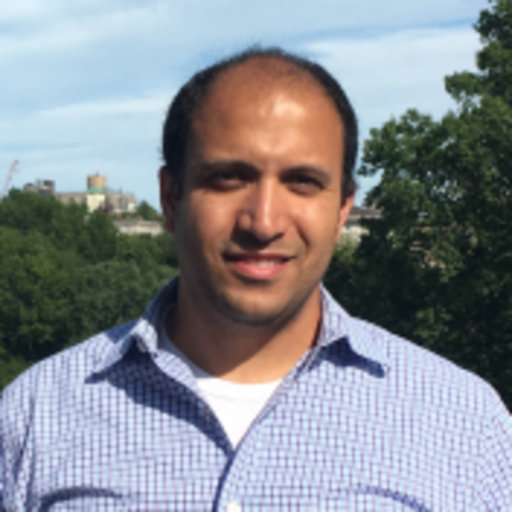Mostafa Nouh
University at Buffalo
Seminar Information

Owing to their ability to manipulate acoustic waves across different length and time scales, metamaterials have opened up the possibility – at least in theory – of creating mechanical systems which are analogous to electronic diodes, switches and logic gates. At the heart of this premise is the ability to break the reciprocity of wave and energy transport in elastic media, which has long been elusive. This talk will shed some light on the unique ways in which nonreciprocity manifests itself in different platforms, with a focus on two distinct examples. Reciprocity is closely entangled with time-reversal symmetry in linear time-invariant systems; a hallmark principle of Onsagar-Casimir’s theory. As such, in the first example, we will investigate a family of resonant metamaterials with properties that vary simultaneously in space and time, exploiting band tilting in dispersion diagrams to create unidirectional frequency band gaps. Departing from hard-wired setups and shunt circuits, a vibration diode which incorporates an angular phase shift between the orientations of its local resonators will be demonstrated. In the second example, we will take a close look at acoustic phased arrays (APAs) which have been a cornerstone of non-destructive evaluation and medical imaging for years. Conventional APAs impart a static phase gradient across a set of transceivers to steer a self-created wavefront in a desired direction. In reception, they abide by basic reciprocity principles and exhibit the strongest gain for waves incident from the same direction to which they transmit. The talk will present a class of dynamic phased arrays that generate multiple scattered harmonics of a single-frequency voltage input which then propagate simultaneously in different directional lanes. We will show that such lanes emerge in the form of artificially synthesized directional channels each with a distinct frequency signature that is tunable and can be predicted a priori. Experimentally, we will illustrate the array’s ability to guide incident waves within tunable frequency channels that are commensurate with the modulation rate and along the intended directions.
Mostafa Nouh is an Associate Professor in the Department of Mechanical and Aerospace Engineering at the University at Buffalo (SUNY) and the director of the Sound and Vibrations Laboratory. He obtained his PhD degree (2013) in Mechanical Engineering from the University of Maryland, College Park. From 2013-2015, he served as a postdoctoral research associate at the Smart Materials & Structures Research Center at the University of Maryland. His research focuses on structural dynamics and acoustics with applications in phononic crystals and metamaterials, thermoacoustic energy generation, and non-reciprocal mechanics. He is a recipient of the NSF CAREER award, ASME’s Gary Anderson Early Achievement award, and the University at Buffalo’s Young Investigator award. He currently serves as the vice-chair of the ASME Noise Control and Acoustics Division and an Associate Editor of the ASME Journal of Vibration and Acoustics.
